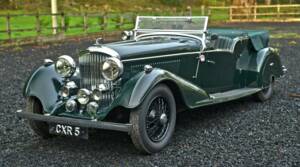Bentley 4 1/2 Litre voitures anciennes à vendre
La Bentley 4 1/2 Litre représente l’apogée de l’ingénierie britannique des années 1920 avec un impressionnant moteur 4 cylindres de 4,4 litres, une fiabilité primée au Mans, et des versions rares telles que la Blower. Ce modèle de Grand Tourisme, décliné en coupé, limousine ou tourer, est exceptionnellement recherché pour sa robustesse mécanique, ses performances sur circuit, et sa rareté absolue.
Résultats de la recherche
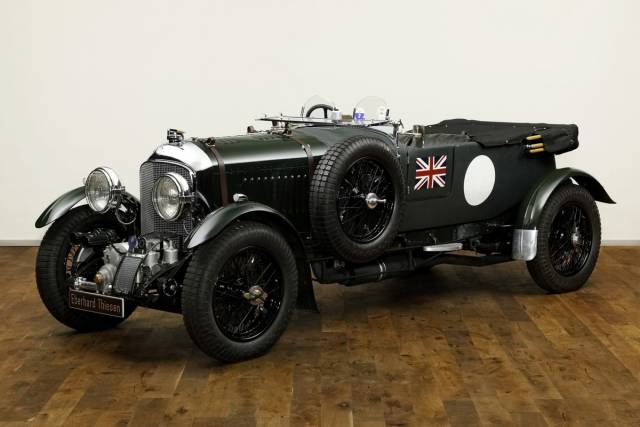
1931 | Bentley 4 1/2 Litre Supercharged
Vanden Plas Tourer Le Mans Style
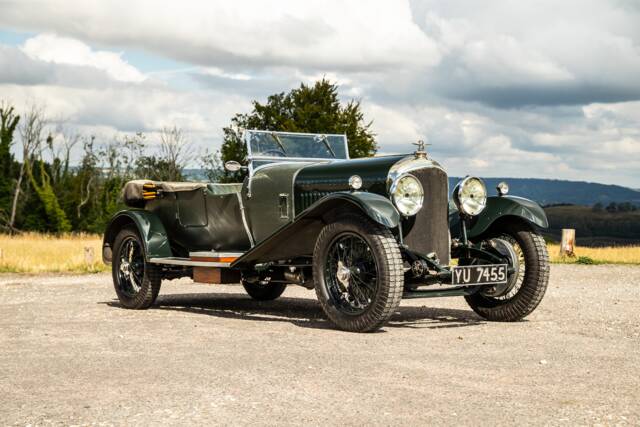
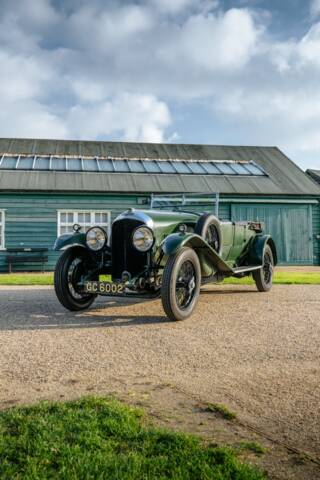
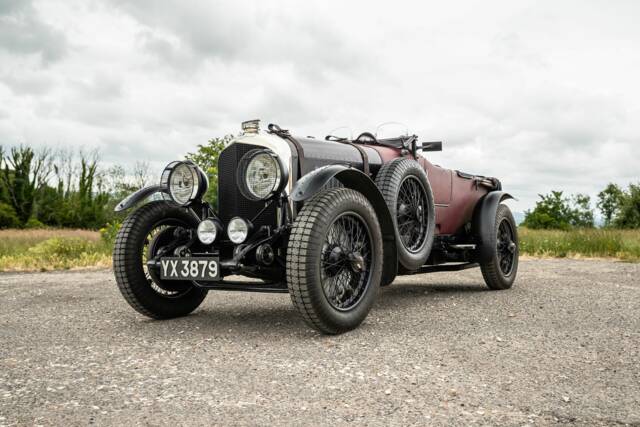
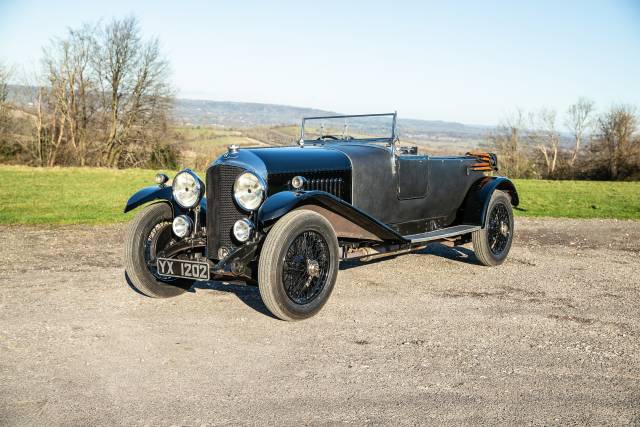
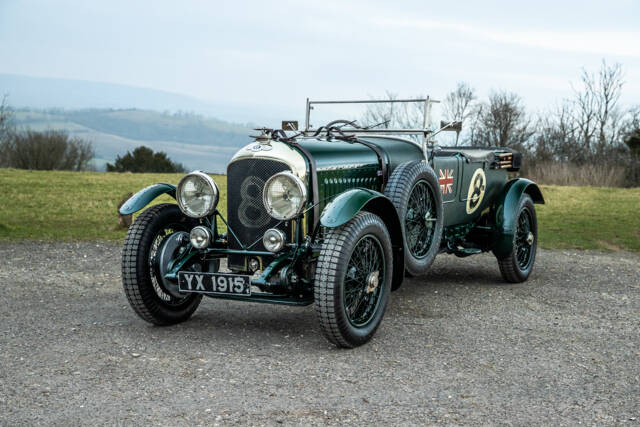
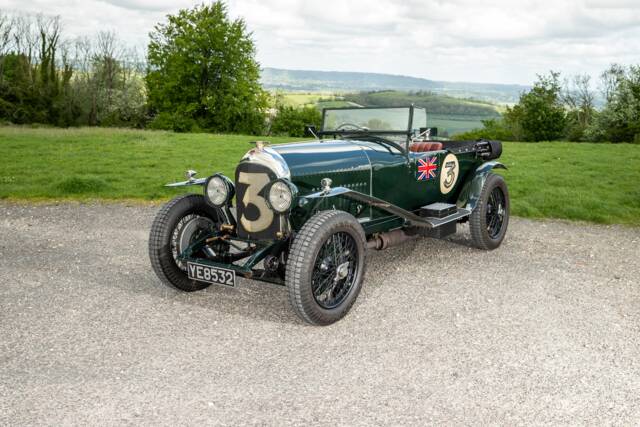
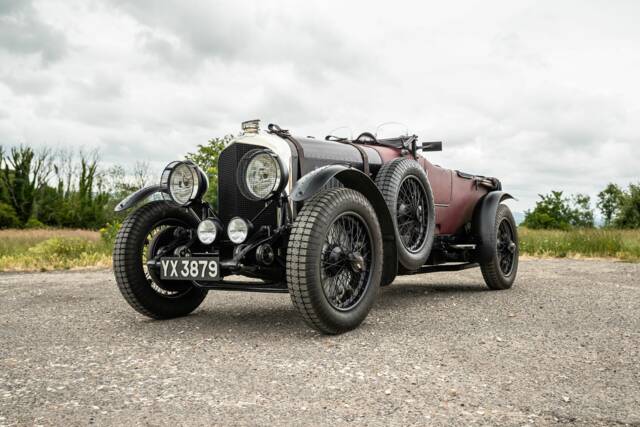
1928 | Bentley 4 1/2 Litre
H.M. Bentley's Finest
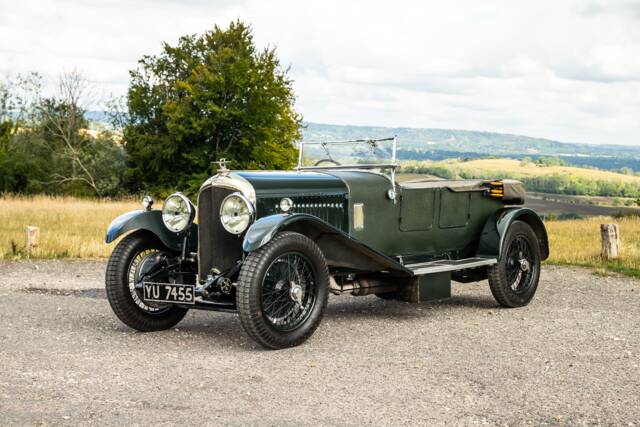
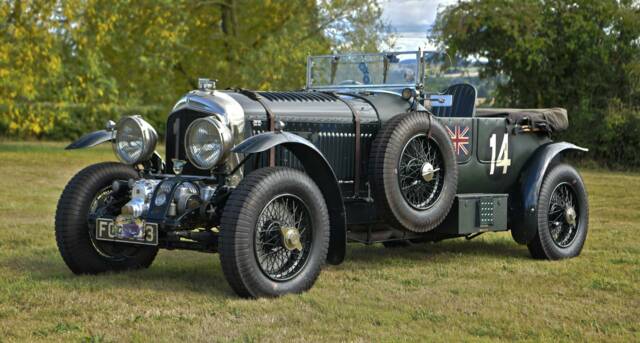
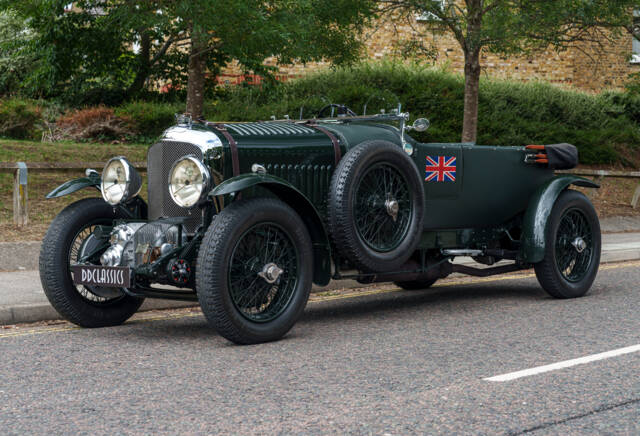
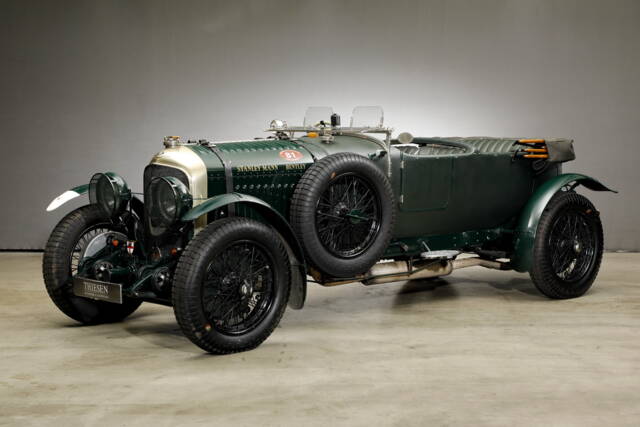
1928 | Bentley 4 1/2 Litre
4 ½ Litre Tourer - Le Mans Team car spec. -

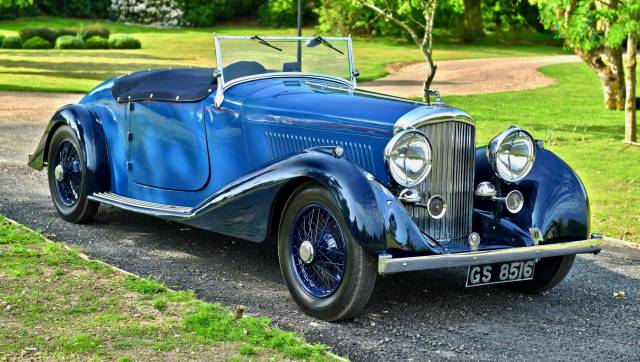
1937 | Bentley 4 1/2 Litre Special
Overdrive ‘MR Series’
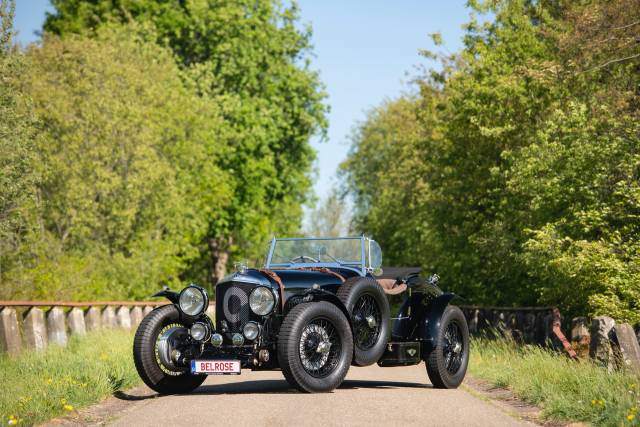
1951 | Bentley 4 1/2 Litre Special
Special "Justine"
Histoire et contexte de la Bentley 4 1/2 Litre
Produite de 1927 à 1931, la Bentley 4 1/2 Litre a émergé dans un contexte où la marque voulait surpasser la 3 Litre vieillissante et la 6 1/2 Litre affectée par des problèmes de pneumatiques. Au cœur de l’entre-deux-guerres, Bentley entrait alors dans une phase d’innovation technique poussée, motivée par le prestige des compétitions comme les 24 Heures du Mans. La 4 1/2 Litre est née pour rivaliser avec les marques françaises et italiennes, alliant robustesse de châssis et puissance accrue. Conçue par W.O. Bentley, elle partage son architecture avec la 3 Litre mais adopte le 4 cylindres de 4,4 litres. Ce modèle devient un symbole de réussite sportive en remportant Le Mans en 1928 et quatre années d’affilée grâce aux fameux « Bentley Boys ». Au total, 720 exemplaires ont été produits jusqu’à l’intégration de Bentley dans le groupe Rolls-Royce en 1931.
Évolution du modèle et variantes
La 4 1/2 Litre succède à la 3 Litre et corrige les faiblesses de la 6 1/2 Litre, notamment en matière de pneumatiques et de puissance. Sa production restreinte – 720 exemplaires dont seulement 55 Blower suralimentées – est typique des grandes sportives de l’époque. Les châssis étaient habillés par divers carrossiers comme Martin Walter Ltd, certains en coupé, d’autres en limousine Weymann ou en tourer, reflétant la personnalisation poussée des clients fortunés. Aujourd’hui, les modèles "matching numbers" ou bien documentés sont particulièrement prisés par les puristes.
Ce qui distingue la Bentley 4 1/2 Litre
Dotée d’un moteur 4 cylindres en fonte de 4 398 cm³, la 4 1/2 Litre offre 110 ch en version touring et 130 ch en version sport, avec des mécaniques qui privilégient couple, souplesse et endurance. Sa participation victorieuse au Mans en 1928 symbolise sa fiabilité et ses aptitudes sportives. Sur le plan design, presque tous les châssis reçoivent des carrosseries sur mesure, capables d’allier élégance et fonctionnalité, avec un éventail rare de configurations. Le modèle Blower, reconnaissable à son compresseur monté devant la calandre, a établi en 1932 un record sur l’anneau de Brooklands à 222 km/h. La flexibilité et la douceur de conduite du 4 1/2 Litre, saluées dans la presse d’époque, le rendent encore aujourd’hui très apprécié dans les rassemblements historiques.
Données techniques de la Bentley 4 1/2 Litre
Séries spéciales et versions emblématiques
Parmi les 720 châssis, 55 exemplaires se distinguent en version Blower à compresseur, développant jusqu’à 240 ch en configuration course. Ces Blower sont devenus le symbole absolu de la performance d’avant-guerre. Le modèle habillé par Martin Walter Ltd, particulièrement rare, est aussi très recherché – seulement six environ sortis de cet atelier, sous forme de tourer, limousine Weymann ou coupé.
Points faibles et aspects à surveiller
Même si la légendaire robustesse du 4 1/2 Litre est saluée, une restauration fidèle exige une attention extrême à la corrosion du châssis et à l’usure de la mécanique d’origine, notamment sur les modèles Blower en raison de la sollicitation accrue du compresseur. Les exemplaires dotés d’un historique complet et de numéros concordants (« matching numbers ») garantissent l’authenticité recherchée sur ce marché très exigeant.
Moteur, transmission et comportement routier
Son moteur à quatre cylindres, que ce soit atmosphérique ou Blower, privilégie la souplesse à bas régime et la stabilité à haute vitesse, grâce à une boîte manuelle à 4 rapports. Sur la route, le 4 1/2 Litre impressionne par la précision de sa direction et sa stabilité à grande vitesse, héritées de ses succès en compétition. La version Blower, avec son compresseur, est une démonstration de puissance brute, mais au prix d’une consommation conséquente. Modèles à signaler :
- Bentley 4 1/2 Litre Martin Walter Tourer : exemplaire rare avec carrosserie artisanale.
- Bentley 4 1/2 Litre Blower : uniquement 55 unités, le sommet des performances Bentley pré-guerre.
Design, intérieur et finitions
La diversité de carrosseries sur châssis nu fait la richesse du 4 1/2 Litre : certains modèles arborent des capotes noires, d’autres une sellerie cuir bordeaux ou des finitions sportives propres à la course du Mans. Les matériaux, toujours nobles, révèlent le soin apporté au détail. Les accessoires de l’époque, tels que les tableaux de bord en aluminium riveté, les coffres sur mesure et la flexibilité de configuration (coupé, limousine, tourer) témoignent d’une richesse d’options inégalée dans la production britannique des années 1920.
Autres informations pertinentes
Le Bentley 4 1/2 Litre s’est également illustré en dehors de la piste : il fut notamment le véhicule favori de James Bond dans les romans de Ian Fleming et de Mr. Steed dans la série britannique Chapeau melon et bottes de cuir, participant ainsi à la légende culturelle de la marque.
Résumé – Acheter une Bentley 4 1/2 Litre ancienne
Le Bentley 4 1/2 Litre incarne une page majeure de l’histoire automobile britannique grâce à ses innovations techniques, sa rareté, et ses succès en compétition internationale. S’adressant à des collectionneurs avertis, chaque exemplaire raconte une histoire unique, illustrée aussi bien par la diversité des carrosseries que par la complexité de son bloc moteur. Trouver un exemplaire en parfait état, avec historique limpide, reste un incontournable pour tout amateur de véhicules de prestige de l’entre-deux-guerres.












